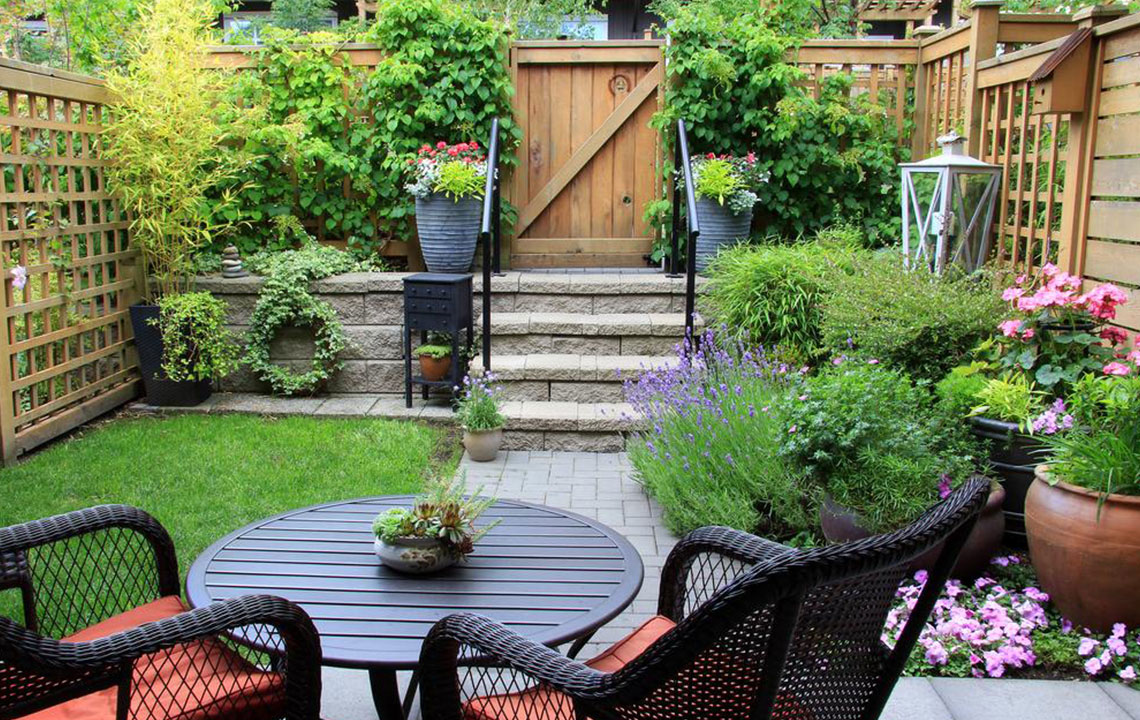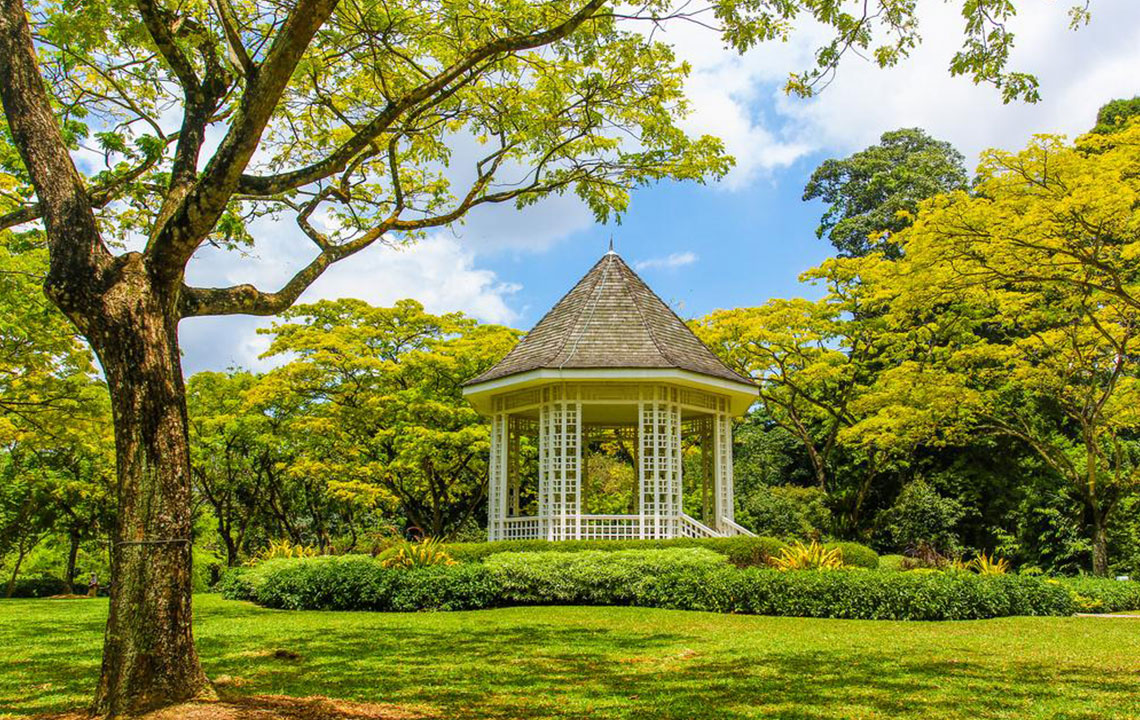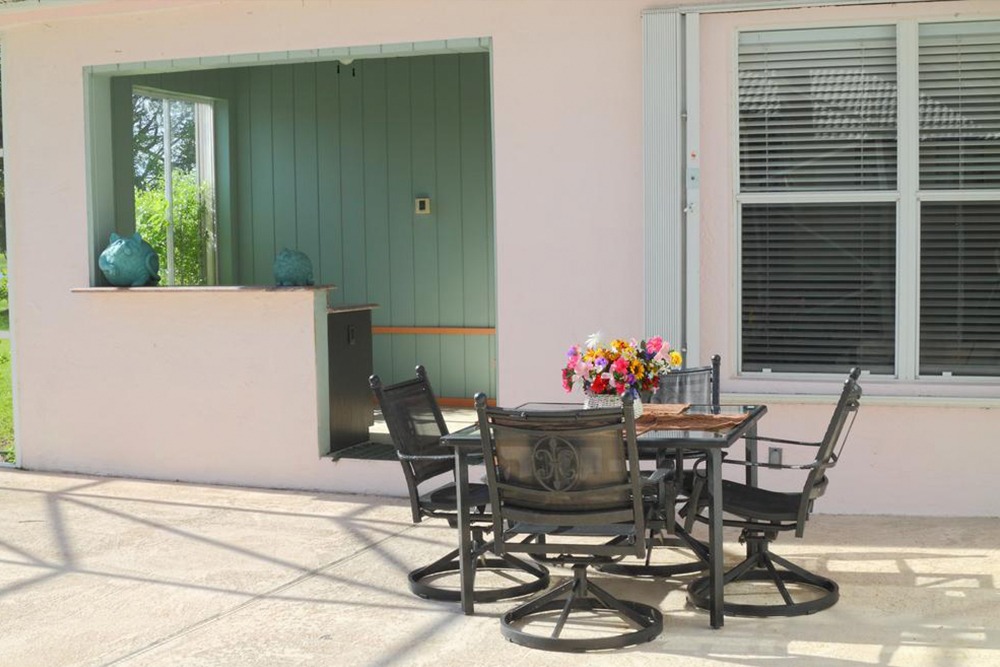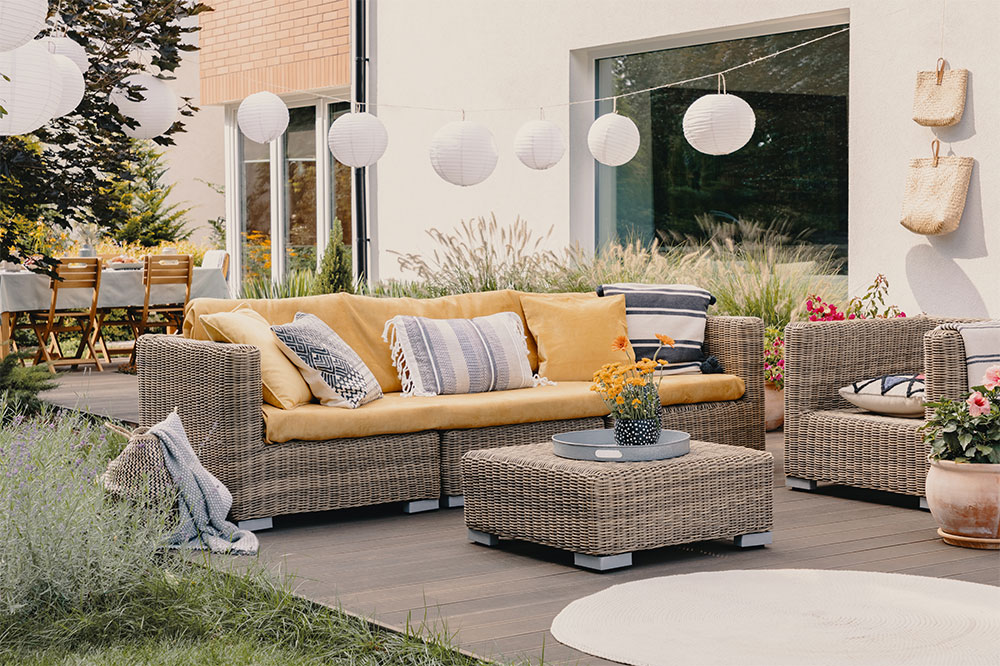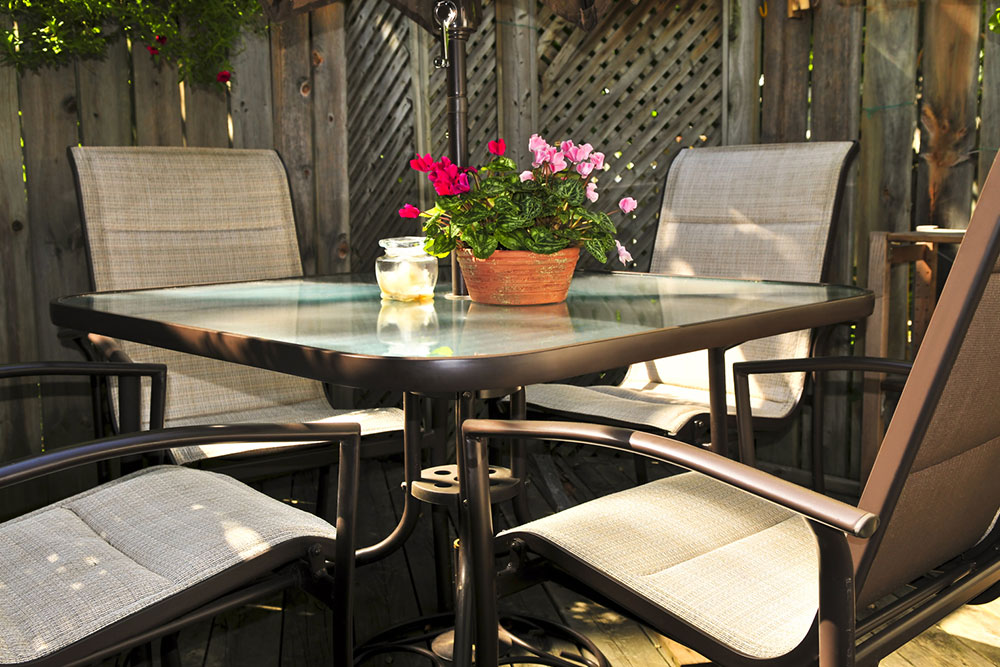Comprehensive Guide to 9 Types of Pergolas and Their Unique Benefits
Explore the comprehensive guide to nine different types of pergolas, their unique designs, materials, and benefits. Learn how wooden, metal, vinyl, glass, and other pergola styles can transform your outdoor living space into a stylish and functional area. Discover their applications for creating shade, supporting plants, or serving as striking landscape features, helping you choose the perfect pergola to elevate your garden or patio aesthetics.
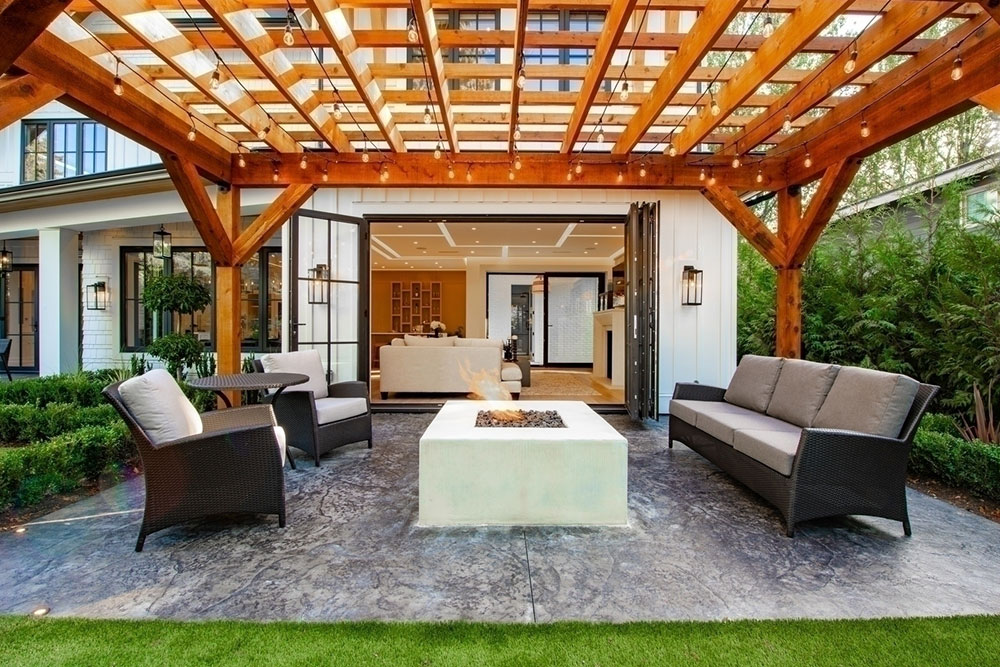
Comprehensive Guide to 9 Types of Pergolas and Their Unique Benefits
Pergolas are sophisticated and versatile outdoor architectural structures that seamlessly blend functionality with aesthetic appeal. Characterized by their supporting columns and open, slatted roofs, pergolas serve multiple purposes—from providing partial shade and enhancing outdoor ambiance to supporting climbing plants that add natural beauty. Their customizable nature allows homeowners and designers to choose from a wide array of styles and materials, ensuring the perfect fit for various landscape designs, whether for relaxation, dining, or decorative purposes. Understanding the diverse types of pergolas is essential for making informed decisions to elevate outdoor living spaces.
Pergolas Versus Other Outdoor Structures
While structures like gazebos, canopies, and pavilions are often fully covered, offering complete protection from the elements, pergolas are distinguished by their open design that allows sunlight to filter through their slatted roofs. This design creates an inviting environment that harmonizes with the surrounding landscape and natural elements. Unlike enclosed shelters, pergolas provide partial shade, support for climbing plants, and an airy, open feel that enhances outdoor spaces without completely blocking out sunlight or airflow.
Pergolas are favored for their adaptability and ability to be tailored according to aesthetic preferences and functional needs. They are constructed from a variety of materials, each offering distinctive advantages in terms of durability, visual appeal, and maintenance requirements, making them suitable for different climates and design styles. In the following sections, we delve into the most popular pergola types, their unique features, pros and cons, and how they can be integrated into your outdoor planning.
Popular Pergola Styles and Their Benefits
The diversity of pergola designs provides homeowners and landscape architects with numerous options to complement and enhance outdoor environments. Cost-effective, resilient, and highly customizable, each style serves different aesthetic and functional purposes, making it easier to find the perfect match for specific outdoor spaces. The following are some of the most prominent pergola styles:
1. Wooden Pergolas
Wooden pergolas remain a classic choice for their natural, warm appearance that effortlessly complements garden landscapes and backyard retreats. Crafted from cedar, pine, redwood, or tropical hardwoods, wooden pergolas create an inviting atmosphere that blends seamlessly with greenery. While they are relatively straightforward to maintain, periodic sealing or staining is recommended to preserve their appearance and structural integrity. The initial investment may be higher depending on the type of wood used, but their aesthetic charm often justifies the cost. Modern designs incorporate various construction techniques, from simple arbors to elaborate structures with intricate lattice work, enhancing both aesthetic diversity and functional support for climbing plants.
As people seek more natural and eco-friendly options, wooden pergolas have gained increased popularity due to their sustainability and ease of customization. They serve various functions—from providing shaded seating areas to framing garden entrances—and significantly uplift the visual appeal of an outdoor setting.
2. Metal Pergolas
Metal pergolas, especially those made from aluminum, are renowned for their strength, affordability, and minimal maintenance needs. Aluminum structures are lightweight yet sturdy, making installation and relocation easier than heavier materials. Their resistance to weather elements such as rain, wind, and corrosion ensures longevity, especially when coated with protective finishes like powder coating. Metal pergolas are available in a variety of modern colors, allowing for seamless integration into contemporary outdoor spaces. While metals like steel are even more durable and offer a bold, industrial aesthetic, they tend to be heavier and might require professional installation and additional maintenance measures to prevent rusting.
Beyond durability and aesthetic appeal, metal pergolas are highly versatile. They can incorporate features such as integrated lighting, heating, or even electronic shading systems, making them ideal for modern outdoor entertainment areas. Their design flexibility extends to creating minimalist structures or elaborate frameworks that serve as focal points in landscape design.
In summary, metal pergolas are a cost-effective, stylish solution for those seeking durable outdoor structures that require little upkeep but maximum visual impact.
3. Vinyl Pergolas
Vinyl pergolas are emerging as popular options due to their sleek, clean appearance and extremely low maintenance requirements. Made from durable plastic-based materials, vinyl structures are resistant to pests, rot, and weather-related damage, making them suitable for regions with high humidity or frequent rainfall. They typically come pre-assembled or are easy to install, reducing time and labor costs. Although they may not possess the natural warmth of wood, modern vinyl designs can mimic wood grains and textures, achieving a stylish, contemporary look. Their resistance to UV damage helps maintain their color and integrity over years of outdoor exposure, making them a practical choice for homeowners preferring hassle-free maintenance.
Vinyl pergolas are especially advantageous in environments where pest control or rot prevention is paramount. They are typically less expensive than wood or metal options and are ideal for creating sleek, minimalist outdoor living spaces.
While vinyl pergolas excel in durability and ease of care, they are less suited for extremely snowy regions where wood or steel may perform better under heavy snow loads. Nonetheless, their modern aesthetic and straightforward maintenance make them a growing favorite among urban homeowners and those seeking a neat, contemporary outdoor feature.
4. Steel Pergolas
Steel pergolas represent a sophisticated and highly durable category that blends modern design with structural resilience. Typically constructed from high-quality steel or stainless steel, these pergolas are designed for maximum strength, making them suitable for large or contemporary landscapes. Their sleek, industrial appearance complements minimalist, modern, or urban aesthetics. Steel pergolas are often engineered with intricate framing and may incorporate innovative features such as integrated lighting or retractable shades.
While they tend to be more complex and expensive to install compared to other options, steel pergolas offer unmatched longevity and resistance to pests, corrosion, and environmental wear and tear. Professional installation is advisable to ensure safety and optimal performance. Due to their robustness, steel pergolas can support additional features like a built-in fire pit, outdoor kitchen, or hanging plants, making them highly functional as well as stylish.
Overall, steel pergolas are an excellent long-term investment for homeowners seeking striking, durable outdoor structures capable of functioning as outdoor rooms or entertainment hubs.
5. Glass Pergolas
Glass pergolas have gained popularity for their modern, elegant aesthetic that maximizes sunlight and openness. Constructed with transparent or translucent panels—often tempered or laminated glass—they allow natural light to flood the outdoor space while providing protection against wind, rain, and other elements. These pergolas are often framed with aluminum or steel for a sleek look and can include side panels or curtains for added privacy and protection.
Using toughened or laminated glass ensures safety and durability, even under harsh weather conditions. Glass pergolas are versatile and can be customized with features such as built-in heating, integrated lighting, or sliding panels, making them suitable for year-round outdoor enjoyment. They complement contemporary architectural styles and are ideal for creating luxurious patios or garden retreats.
Glass pergolas often serve as a statement piece in modern landscape design, enhancing the visual sophistication of outdoor spaces. Their clean lines and transparency foster an illusion of extended space, seamlessly blending indoors and outdoors.
Overall, glass pergolas are perfect for homeowners looking for a stylish, modern outdoor structure that maximizes natural light while providing protection and adding a touch of luxury.
6. Round Glass Pergolas
Round glass pergolas are elegant, contemporary outdoor features characterized by their circular shape and glass roofing. These structures combine the visual appeal of glass with innovative circular design, creating a focal point in any garden or patio. Known for their ability to allow in ample natural light, they also add a sense of openness and spaciousness to outdoor environments.
Constructed from durable materials such as tempered glass and sturdy framing, round glass pergolas are easy to maintain and are quite versatile in their placement. They often serve as the centrepiece of outdoor living areas, providing shelter while maintaining aesthetic harmony with garden landscaping. Their rounded design also supports a variety of decorative features, such as hanging plants or light fixtures, further enhancing their visual impact.
Ideal for homeowners who desire a high-end, modern appearance, round glass pergolas blend seamlessly into contemporary landscapes and add elegance to outdoor entertaining spaces.
7. Arched Pergolas
Arched pergolas are distinguished by their curved or vaulted roofs, offering a visually striking alternative to traditional linear structures. These pergolas are often used for decorative purposes in gardens, parks, or commercial landscapes, supporting climbing plants and creating inviting shaded walkways or sitting areas. Their elegant curves soften the landscape and add a sense of architectural sophistication.
Supported by vertical posts, arched pergolas can be constructed from wood, metal, or vinyl, with the design choices depending on the desired aesthetic and structural considerations. They often serve as entrances, feature focal points, or support lush foliage, making them both functional and highly decorative. Their ability to support climbing plants enhances their appeal as living green features.
Arched pergolas are ideal for creating stunning garden features or decorative pathways that elevate outdoor aesthetic value. They are particularly popular in settings aiming for a romantic, classical, or whimsical look.
8. Dome Pergolas
Dome pergolas are architectural marvels characterized by their rounded, curved roofs that resemble a dome or hemisphere. These visually captivating structures are made from various materials including wood, steel, or aluminum, and are often custom-designed to fit specific landscape themes. Their distinctive shape provides a striking focal point that combines style with function, offering shade, shelter, and a visually dynamic feature.
The curved roof design not only enhances aesthetic appeal but also improves water runoff and wind resistance. Dome pergolas are flexible in size and style, making them suitable for creating outdoor lounges, dining areas, or even partial enclosure for outdoor kitchens. Their unique shape complements both modern and traditional gardens and can be designed to integrate with other landscape elements seamlessly.
These structures are ideal choices for homeowners seeking an eye-catching centerpiece that marries architecture with outdoor living, offering a combination of style, shelter, and visual intrigue.
9. Freestanding Pergolas
Freestanding pergolas are highly adaptable and independently placed structures that do not rely on existing walls or buildings. Commonly seen in backyards, patios, or sprawling gardens, they offer unparalleled flexibility in placement and use. These structures can serve as standalone features, such as outdoor dining pavilions, lounging areas, or garden focal points.
Their portable nature allows for creative landscape design and easy relocation if needed. They can be built from any of the aforementioned materials—wood, metal, vinyl, or combinations—and decorated with climbing plants, string lights, or outdoor curtains to enhance their visual appeal and functionality. Due to their independence from existing structures, freestanding pergolas are especially suitable for creating private retreats or defining specific zones within larger outdoor spaces.
In conclusion, freestanding pergolas offer maximum design flexibility and can be tailored to individual preferences and landscape requirements. Their versatility makes them an excellent choice for enhancing outdoor aesthetics while providing functional spaces for relaxation, entertainment, or social gatherings.
